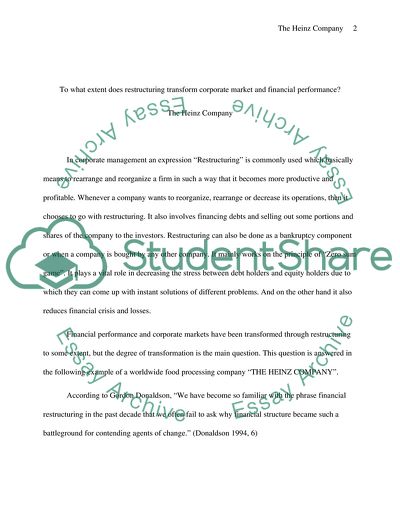Cite this document
(Restructuring and Market Performance in the Heinz Company Case Study, n.d.)
Restructuring and Market Performance in the Heinz Company Case Study. Retrieved from https://studentshare.org/marketing/1553102-to-what-extent-does-restructuring-transform-corporate-market-and-financial-performance-discuss-using-an-extended-example
Restructuring and Market Performance in the Heinz Company Case Study. Retrieved from https://studentshare.org/marketing/1553102-to-what-extent-does-restructuring-transform-corporate-market-and-financial-performance-discuss-using-an-extended-example
(Restructuring and Market Performance in the Heinz Company Case Study)
Restructuring and Market Performance in the Heinz Company Case Study. https://studentshare.org/marketing/1553102-to-what-extent-does-restructuring-transform-corporate-market-and-financial-performance-discuss-using-an-extended-example.
Restructuring and Market Performance in the Heinz Company Case Study. https://studentshare.org/marketing/1553102-to-what-extent-does-restructuring-transform-corporate-market-and-financial-performance-discuss-using-an-extended-example.
“Restructuring and Market Performance in the Heinz Company Case Study”. https://studentshare.org/marketing/1553102-to-what-extent-does-restructuring-transform-corporate-market-and-financial-performance-discuss-using-an-extended-example.


